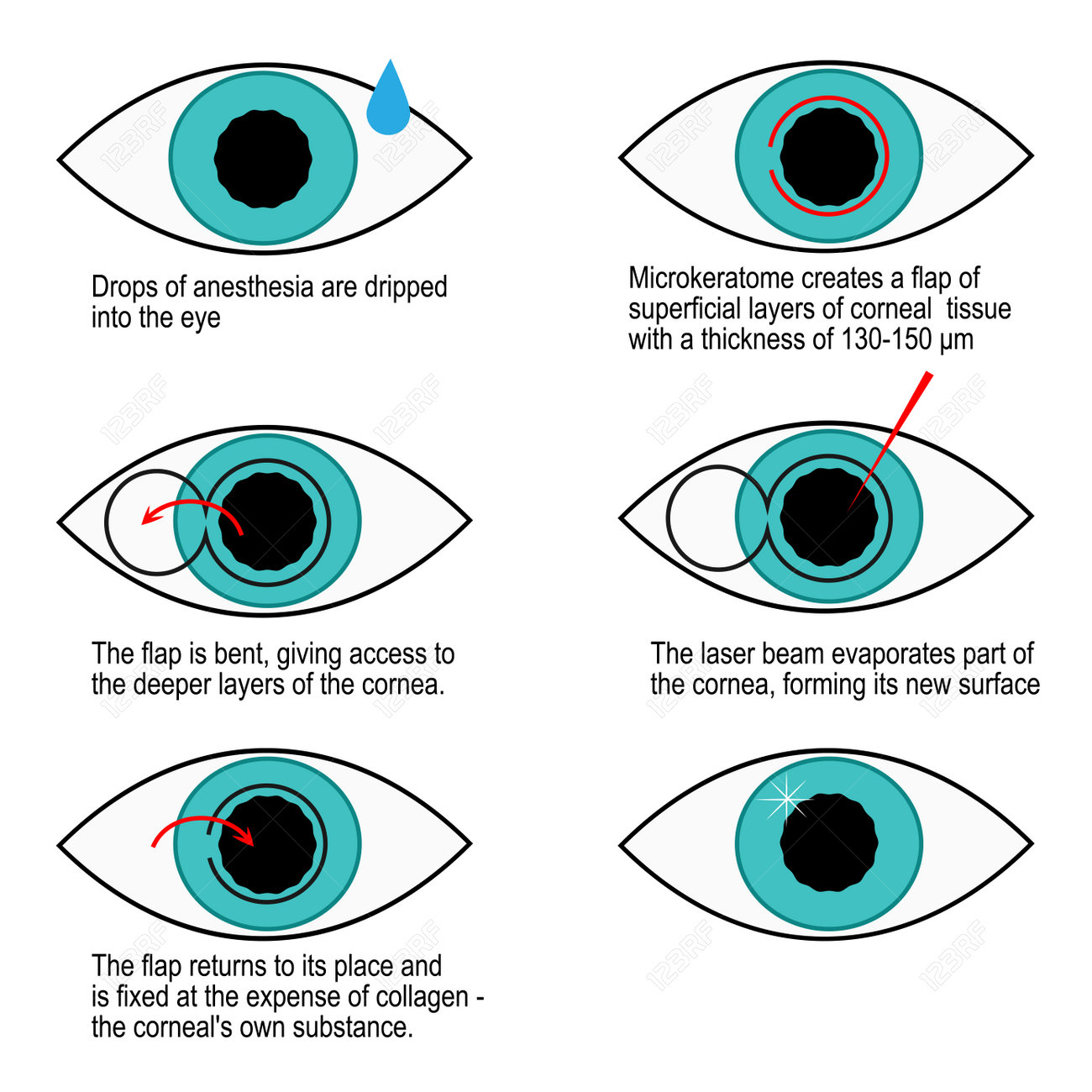A Thorough Exam Of Modern Cataract Surgical Procedure Techniques
A Thorough Exam Of Modern Cataract Surgical Procedure Techniques
Blog Article
Short Article Written By-Ottesen Olson
As you discover the advancement of sophisticated cataract surgical treatment strategies, you'll witness a journey marked by ingenuity and precision. From old techniques that paved the way for modern-day developments to innovative modern technologies that are reinventing the area, the detailed introduction of cataract surgical procedure strategies is a testament to human progression and dedication to improving patient results. The detailed interplay between historic methods and futuristic improvements creates an appealing story that clarifies the development of among the most usual operations worldwide.
Historic Methods and Innovations
Discover how very early surgeons revolutionized cataract therapy by using ingenious methods and devices. In the past, cataract surgery was a risky and agonizing treatment. Nonetheless, ancient Indian medical professionals were amongst the first to try surgical interventions for cataracts, making use of a technique called 'formulating' where a sharp tool was made use of to press the cataract back right into the eye. This method, though crude by today's standards, laid the groundwork for future improvements in cataract surgical treatment.
As time proceeded, Arab physicians made substantial contributions by establishing specialized needles for cataract removal. These needles were used to puncture the cataract and then extract it from the eye, marking a substantial improvement in medical accuracy.
Later, in the 18th century, the French doctor Jacques Daviel pioneered the method of extracapsular cataract removal, where the entire lens was gotten rid of intact via a bigger cut. This noted a significant development in cataract surgery methods, leading the way for the contemporary treatments we utilize today.
Modern Surgical Approaches
Early techniques in cataract surgical procedure have actually advanced considerably, causing the development of modern-day medical approaches that prioritize precision and boosted client results. Modern cataract surgical treatment currently commonly entails a procedure called phacoemulsification, where an ultrasonic device separate the cataract for elimination via a small incision. This technique allows for quicker recovery and minimizes the risk of difficulties compared to older methods.
Furthermore, the use of advanced intraocular lenses (IOLs) has reinvented cataract surgical treatment end results. These lenses can fix not only the cataract but additionally various other refractive errors like astigmatism, decreasing the requirement for glasses post-surgery.
Surgeons today additionally have accessibility to advanced imaging technologies that aid in specific preoperative preparation and intraoperative decision-making. Optical coherence tomography (OCT) and other imaging methods give thorough images of the eye's frameworks, permitting a much more tailored technique to each person's surgery. With these advancements, contemporary cataract surgery techniques remain to improve, supplying clients much safer treatments and far better aesthetic results.
Arising Technologies in Cataract Surgical Treatment
With improvements in modern technology reinventing the area, cataract surgical treatment is experiencing the integration of ingenious methods for improved person end results. Arising innovations in cataract surgical procedure are reshaping the landscape of ocular procedures. One such improvement is femtosecond laser modern technology, which enables exact corneal lacerations, capsulotomies, and lens fragmentation, bring about boosted surgical precision and end results.
In addition, intraoperative aberrometry is acquiring popularity, making it possible for real-time dimensions of refractive mistakes throughout surgery to boost intraocular lens power computations and reduce postoperative refractive shocks.
Furthermore, using innovative imaging technologies like optical comprehensibility tomography (OCT) and intraoperative wavefront aberrometry help specialists in precise medical planning and implementation. These devices provide comprehensive physiological information and help tailor medical methods for each client's unique eye characteristics.
Furthermore, growths in artificial intelligence are being explored to assist in preoperative planning, intraoperative decision-making, and postoperative care, possibly enhancing surgical results and client complete satisfaction. Accepting these emerging modern technologies in cataract surgery holds guarantee for additional boosting person results and ensuring the continued evolution of ocular medical techniques.
Conclusion
As you journey through the background of cataract surgery, you witness the change from old methods to sophisticated innovations. Like look at this site increasing from the ashes, cataract surgical treatment has actually advanced into a sign of hope and technology.
Equally as a caterpillar arises from its cocoon as an attractive butterfly, cataract surgical treatment has thrived right into a refined art kind, offering patients more clear vision and a brighter future.
cataract surgery one or both eyes continues, beaming a light on countless possibilities.
